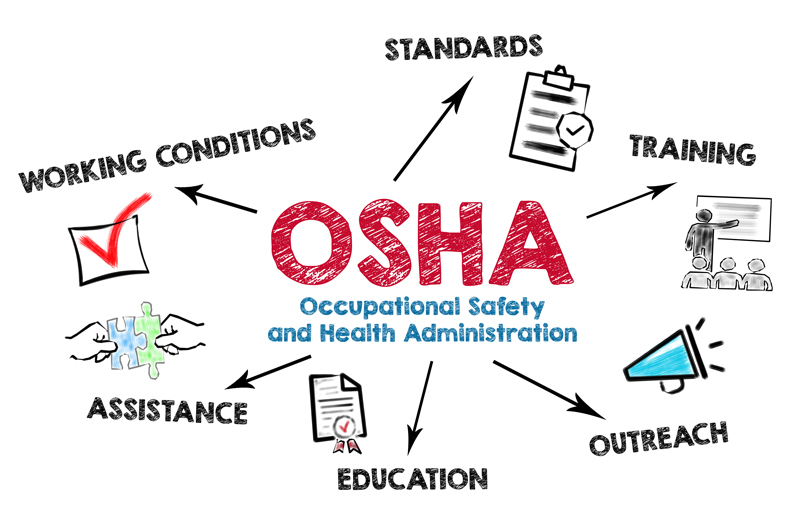On January 1, 2024, a new OSHA rule will affect businesses with 100 or more employees in designated “high-hazard” industries. The new rule requires employers to electronically submit to OSHA detailed information about each recordable injury and illness entered on the previous year’s OSHA Form 300 Log of Work-Related Injuries and Illnesses and Form 301 Incident Reports. This new reporting requirement is in addition to the already-required electronic submission of Form 300A Annual Summary for employers with more than 250 employees. The expanded reportable information includes the date, physical location, and severity of the employee injury or illness, details about the employee who was injured, and details about how the injury or illness occurred. Employers will have until March 2, 2024, to complete the reporting and will need to enter the information annually after that.
The list of “high hazard” industries includes but is not limited to, agricultural, food production, retail establishments, wholesale, transportation, medical, and entertainment industries. OSHA states that if one of the following applies, then your business will not be subject to the new reporting requirements:
- The establishment’s peak employment during the previous calendar year was 19 or fewer, regardless of the establishment’s industry.
- The establishment’s industry is on Appendix A to Subpart B of OSHA’s recordkeeping regulation, regardless of the size of the establishment.
- The establishment had peak employment between 20 and 249 employees during the previous calendar year, AND the establishment’s industry is NOT on Appendix A to Subpart E of OSHA’s recordkeeping regulation.
A good place to start if you had more than 19 employees during the previous year is to check whether your business category is listed on OSHA’s Non-Mandatory Appendix A to Subpart B at https://www.osha.gov/recordkeeping/presentations/exempttable. Suppose your business falls into one of the categories listed. In that case, your business will likely be exempt from the new reporting requirement, regardless of the number of employees you have.
If your business is not listed in Subpart B, and you had between 20 and 249 employees during the previous calendar year, you would need to look to the listings in Subpart E of the new rule. Even if your business is not listed there, however, your business may still be subject to other OSHA reporting requirements in place before adopting the new rule. For example, before implementing the new rule, employers with 250 or more employees, regardless of industry, must electronically submit information from Form 300A, the Annual Summary.
OSHA has created a new website, the Injury Tracking Application (ITA), for electronically submitting this data at https://www.osha.gov/injuryreporting. The website also contains several tools to help employers determine whether your business is required to report. Navigating these rules can be confusing and complicated and subject your business to uncertainty, especially during OSHA on-site visits and investigations. Employers should seek legal assistance to ascertain whether these reporting requirements or any other OSHA recordkeeping or safety-related provisions, apply to their business.
The attorneys at Pickrel, Schaeffer & Ebeling are here to assist you. Don’t hesitate to contact us at (937)223-1130 or email Kristina Curry at kcurry@pselaw.com.













